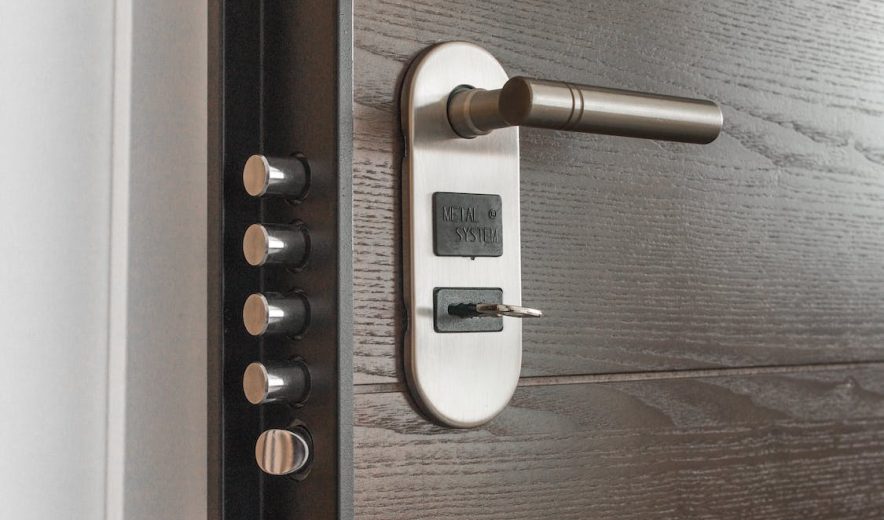What’s wrong with my password?
One of the most frequent conversations we have been engaging with business people is passwords, where to store them, how to make them, and some of the associated risks of having poor ones.
In this article, we will cover exactly what you can do to be more secure with passwords and what are best practices right now.
Passwords or Passphrases?
Most people think they will be fine if they change their password frequently or have a password with a couple of different characters coupled with lower and upper case letters. Many people were changing their password from “barrylaw12” to “barrylaw13” as it was easy to remember when changing it.
What is now becoming the secure norm is keeping one long password instead of having to change the password every so often. Within the world of good password hygiene, the best practice is to have a passphrase that may be easier for you to remember but is 14 characters long as a minimum. Also, this password shouldn’t be identifiable to you via what you have on social media or what is unique to you, e.g. your birthday or name.
So where are your passwords?
If you are keeping your password to a workstation on one of these:
- The bottom edge of the monitor
- Underneath something next to the workstation
- On a post-it note
- Notepad or spreadsheet on the desktop
PLEASE STOP!
What we suggest is that you do one of two things with where your passwords live:
- Put a password manager in place that stores all your passwords with a very complex master passphrase
- Everything that can have multi-factor authentication should have it activated
Your organisation will be more secure in the long run with the tips you learned above.



Leave a Reply